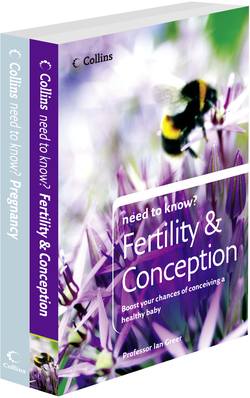Читать книгу Need to Know Fertility, Conception and Pregnancy - Harriet Sharkey - Страница 24
Egg meets sperm
ОглавлениеThe egg, having been released from the ovary, is picked up by the finger-like ends of a fallopian tube and transported down the tube. Fertilization of the egg occurs about one-third of the way down the fallopian tube. The egg is surrounded by sperm and eventually one sperm succeeds in penetrating the outer layer of the egg. This is the point of conception, after which no other sperm can penetrate the egg.
After conception, the genetic material (chromosomes) of the sperm and egg cells merge with each other and then the fertilized egg, which starts off as a single cell, divides to form two cells, then four, and then eight, and so on until a ball of cells is formed. This ball of cells continues its journey down the fallopian tube to the womb, where it stays for around three days, bathed in secretions from the womb.
About seven days after ovulation, it implants into the wall of the womb, whose lining has been prepared by the production of progesterone from the ovary. Another hormone, human chorionic gonadotrophin (hCG), is produced by the developing placenta. This maintains the production of progesterone from the ovary to help to support the early pregnancy. The ball of cells, once implanted, organizes itself into two different layers of cells, one that becomes the embryo and the other, the placenta.
